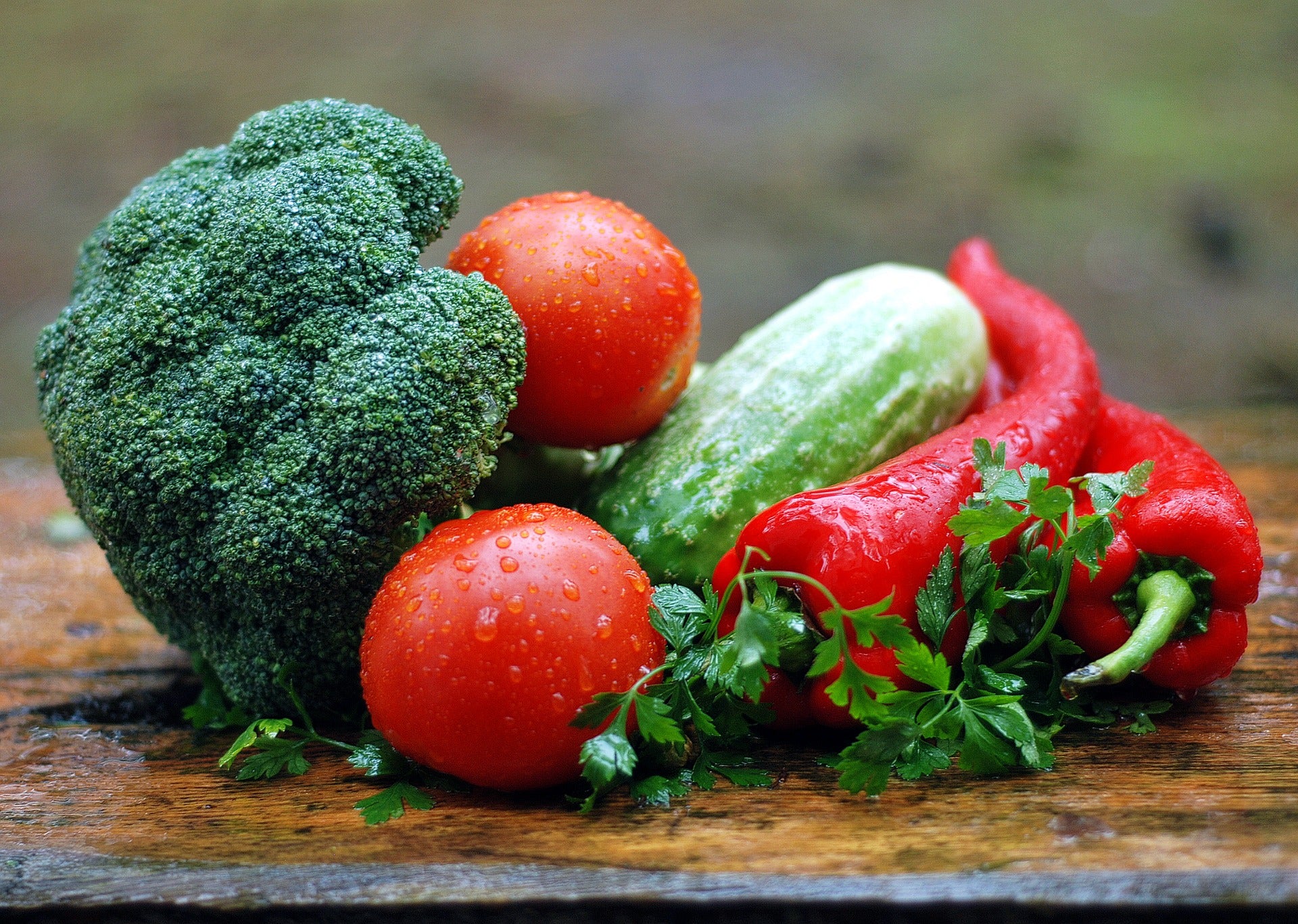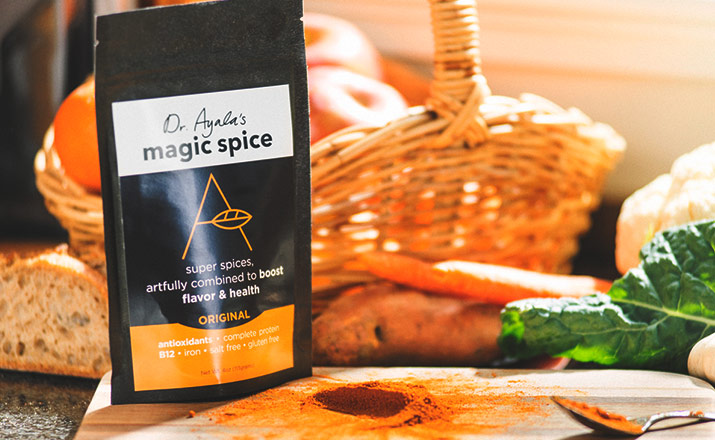
Make Vegetables Sexy

“Imagine if a startup came up with a new invention, a perfect bite of finger food that explodes when you chew it, releasing juicy, sweet, acidic flavors, with afternotes of sun and the mysteries of wine lingering in your mouth after you swallow,” my oldest son said while popping a grape into his mouth.
Because that’s what a grape is; it’s one of the most perfectly delicious products on earth.
Not to insult the apple, or the avocado, or the carrot. They are all marvels of flavor, with endless culinary potential.
So why aren’t people excited?
Could it be because we’ve pushed fruits and veggies as good-for-you chores? Are we marketing vegetables all wrong?
We eat with our mind, not just with our taste buds. Our perception and state of mind, the surroundings, the presentation, and what other people think all affect what food will actually taste like to us. There’s a whole body of evidence to show this, but I’m sure you already know it from personal experience.
What would happen if we emphasized the tastiness of healthy food? Would people find them more enticing?
What’s in a name
In a new study in Psychological Science researchers from Stanford University examine how a focus on pleasure and taste, rather than on health attributes, affects students’ choices.
The researchers displayed taste-focused labels – the intervention – against health-focused names and basic labels. The flavor focused titles included “Herb n’ Honey Balsamic Glazed Turnips”, “Sizzlin’ Szechuan Green Beans with Toasted Garlic”, “Twisted Citrus Glazed Carrots”, and “Ultimate Chargrilled Asparagus” – the kind of names used in restaurant menus. The names were designed to communicate flavor, preparation method and a positive experience. Health focused titles included “Healthy Choice Turnips” and “Nutritious Green Beans.” Basic, neutral labels were non-descriptive, i.e., “Turnips” or “Green Beans.”
The randomized controlled study took place over 185 days, across 5 university dining halls, included about 140,000 diner decisions, 71 vegetable dishes and 24 types of veggies.
Taste focused labels increased veggie selection by about 30 percent, compared with the health-focused label, and by 14 percent compared with the basic label. Take note: the health-focused label performed worse than the basic label!
Taste focused labels increased vegetable consumption by about 40.
The catch: a tasty sounding name has to also deliver on the promise of deliciousness. Taste focused labels worked when the cafeteria also prepared the dish well; since the experiment was conducted in several dining halls the culinary level wasn’t uniform, and in the school in which the veggie failed to deliver on expectations a mouthwatering name made little difference. Adding more words and listing ingredients works to create an expectation, but expectations do need to be met.
Get excited about veggies
You don’t need a marketing consultant to get your family excited about veggies, but you can get some inspiration from restaurants.
Famed chef and philanthropist José Andrés – who can’t be suspected of veganism –writes in his new cookbook, Vegetables Unleashed:
Excitement comes from using good produce, from interesting and varied preparation, nice presentation, a sprig of herbs and a few crunchy nuts used as a garnish.
How about a mouthwatering name? Giving dishes at home chef-y names may sound fake and unnatural, up to you, but do please consider skipping the good-for-you saves-your-eyesight advocacy. Most kids find it boring and aren’t the least bit interested in aging gracefully.
I’m with chef Andrés: get kids’ tastebuds excited about veggies.
Dr. Ayala
In Same Category
- Diet affects vulnerability to Covid-19
- To Fight Inflammation Try Your Spice Rack
- Make Vegetables Sexy
- It Isn’t Meat, but Is It Delivering on Plant-Based?
- Activating Brown Fat – and Your Metabolism – with Turmeric, Coffee and Other Goodies
- Here's Why You Need to Cook More
- Top Healthy Food Trends for 2019
- An Easy, Proven Trick for Eating Healthier
- 12 Delicious Cooking Tips That Will Set You Free From The Salt Trap
- Smart Eating for a Successful School Year
- Fitness, Mindfulness and Healthy Eating – There’s an App for That
- Sustainable Summer: Greening your BBQ
- How to Eat Healthy in College and Avoid Weight Gain on Cafeteria Food
- Want Kids to Eat More Veggies? Season Them Up!
- All You Ever Wanted to Know About Nutritional Yeast and Its Health Benefits
- Falling in Love with Kickstarter
- Fighting Inflammation with Spices
- 3 Things Plant-Based Eaters Should Watch For
- Turmeric Absorption and Tips to Enhance Its Activity
- BEFORE & AFTER: Roasted Sweet Potatoes
- BEFORE & AFTER: Baked Potato Wedges
- BEFORE & AFTER: Roasted Cauliflower
